Entering the 21st century, family and family culture have undergone very different changes from the past such as: family size, family type, family role, family values, increased divorce, illegitimate births, increased participation of women in labor outside the home, major changes in the relationship between husband and wife, between parents and children, changes in standards related to personalityeducation factors in each family, clan, village, and out into society... These changes have affected the foundation of the traditional family.
Since ancient times, the Tay family has been a place to preserve and conserve traditional cultural values, a place to transmit ethnic cultural values, both material and spiritual culture. Nowadays, in the context of international integration and exchange, the Tay family culture is facing some changes such as: changes in functional structure, family size, disruption in lifestyle, family order, moral decline, gender equality in the family, domestic violence, etc. These are issues that need to be addressed immediately.
The Tay family culture shows us the unique and diverse cultural features of the Tay culture. Regarding the traditional family structure, the Tay people believe that a family with many children and grandchildren is a blessing and has a solid family foundation. The social basis of this concept is that the Tay people need a large labor force, need help and support to cope with agricultural life that depends heavily on nature, or to cope with other clans and families in the same community.
The Tay family structure is monogamous, with four or five generations living together. The Tay family follows the exogamy system, and relatives within the range of at least five generations are absolutely not allowed to marry each other. In terms of function, the traditional Tay family performs the functions of a unit of production and reproduction of labor, a unit of worship, an educational unit, and a spiritual unit. Marriage in a traditional family is monogamous, with husband and wife caring for and sharing all household chores. In the behavior between parents and children in the traditional Tay family, all matters of the children are decided by the parents. The rules of behavior in the relationship between parents and children of the ancient Tay people are still preserved in family relationships today. The traditional family culture of the Tay people is imbued with national identity, expressed through marriage, family rituals, education and family behavior imbued with ethnic cultural identity. The construction of family culture at any stage must be carried out on the basis of accurate assessment of values that have been shaped by tradition. Increasingly promoting exemplary families in the mass media, exemplary families that are honored not only have the effect of guiding and setting standards for other families, replicating the model in the community but also promoting the effect right in that family.
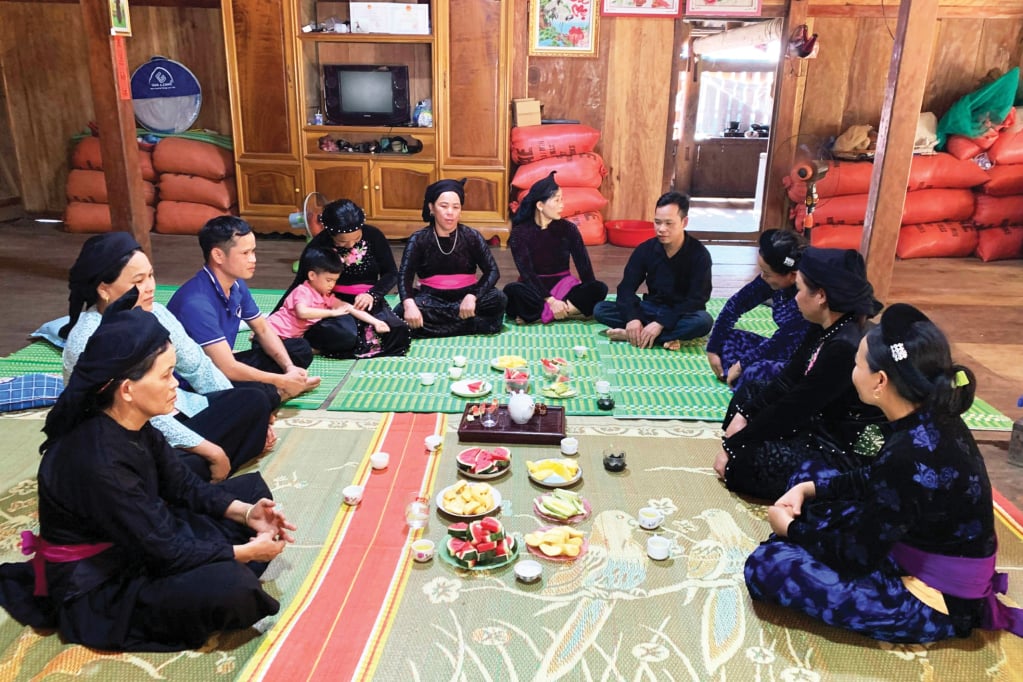
Currently, under the impact of economic, political , cultural, social factors..., the Tay family culture has many disturbances that need to be adjusted. The adjustment needs to be based on the principle of the Party and State's viewpoint on family issues; the multi-model, multi-structure trend of modern families; the goal of comprehensive human development; the issue of preserving traditional culture imbued with Vietnamese identity. The problem raised in the current situation of the Tay family culture is the need to promptly adjust positive factors, proactively prevent negative factors, based on forecasts of future trends of family culture change. The change in the Tay family culture is an objective necessity, those impacts have an impact and will change the Tay family culture in the direction of a modern family that intertwines both positive and negative aspects. It is necessary to implement a series of synchronous measures, first of all, to receive appropriate attention from authorities at all levels in order to promote the good traditional values of Tay family culture.
In the context of strong international economic exchange and integration, it has affected each Tay family today. The increase in cultural exchange between regions, ethnic groups, and Tay family culture also shows a profound exchange and many changes compared to tradition, specifically: changes in family size, behavior between family members, the role of members in family education, and family rituals. Family size has changed, nuclear families are increasingly dominant, large families, families of three or four generations are decreasing. Family structure is more volatile and less sustainable due to changes in the concept of marriage, happiness, family responsibility of members as well as in value standards...
Cultural transformation is also the development of culture from traditional to modern, in the process of transformation there are many developments that are in accordance with the general laws of society, however there are also inappropriate developments that damage traditional culture. The family culture of the Tay people is not outside of that law, in addition to the positive cultural elements absorbed in the process of transformation, there are many limitations such as: social evils infiltrating and threatening families; changing the roles and functions of members in family culture; education in traditional families; relationships and behavior with clans, village communities..., these are issues that need to be solved. Faced with that reality, building a system of guiding values, encouraging families to proactively adjust towards harmonizing traditional and modern viewpoints, innovating the content and methods of implementing the campaign to build cultural families, improving the effectiveness of propaganda work, training staff as well as continuing to implement projects to support family economic development... are key issues that need to be focused on.
Orienting the construction of Vietnamese family culture in general, and in the Tay community in particular, during the renovation period is extremely necessary and can be done well because there is consensus and participation from many forces, especially in the condition that the Party and State are determined to focus on implementing the Vietnamese family strategy in the new era.
Source: https://baocaobang.vn/van-hoa-gia-dinh-truyen-thong-cua-nguoi-tay-3177831.html










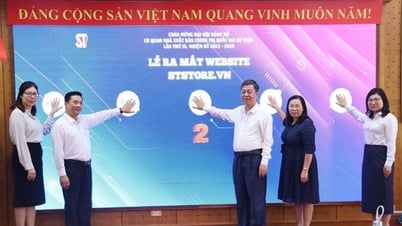


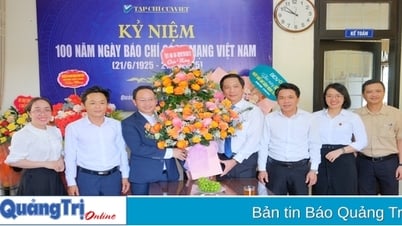


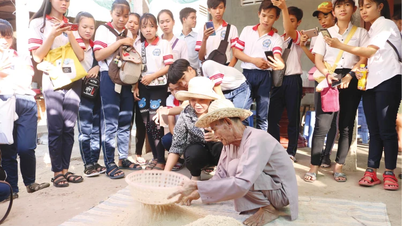





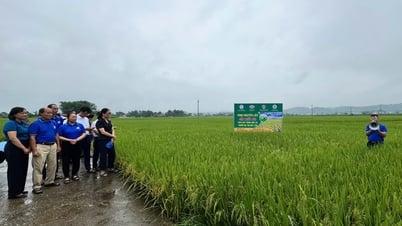
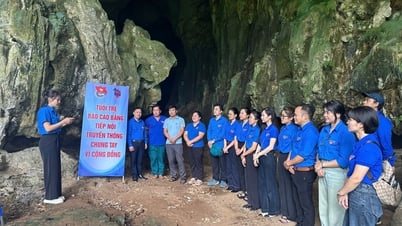

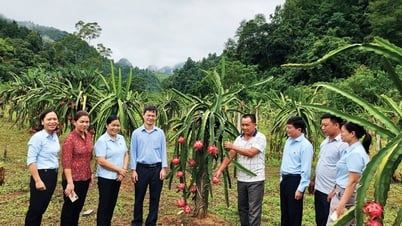
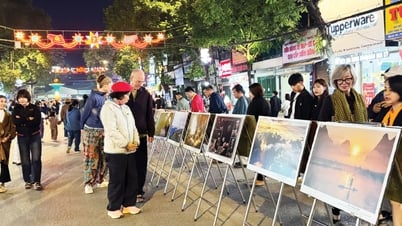
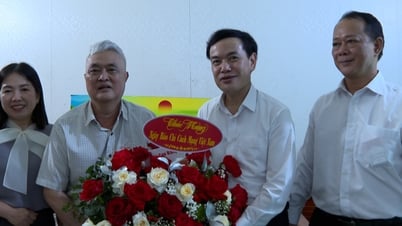





























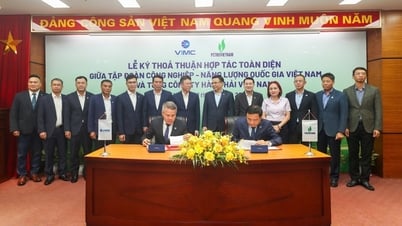














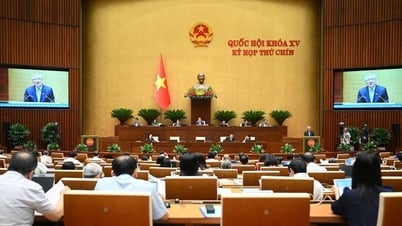
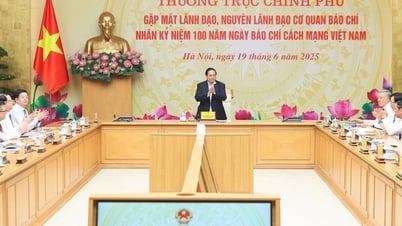


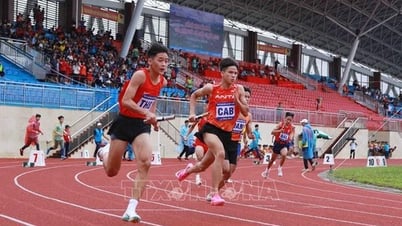
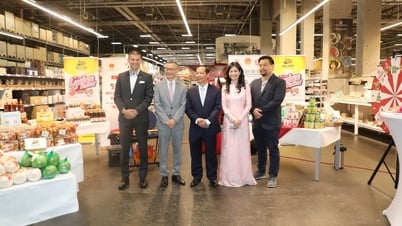
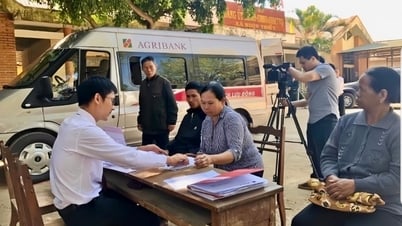

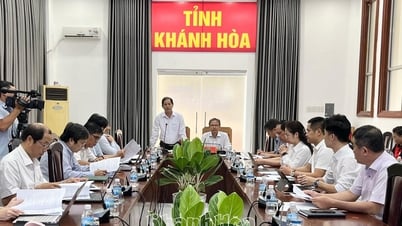


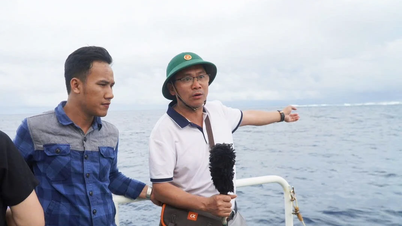

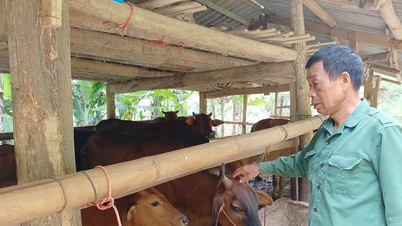











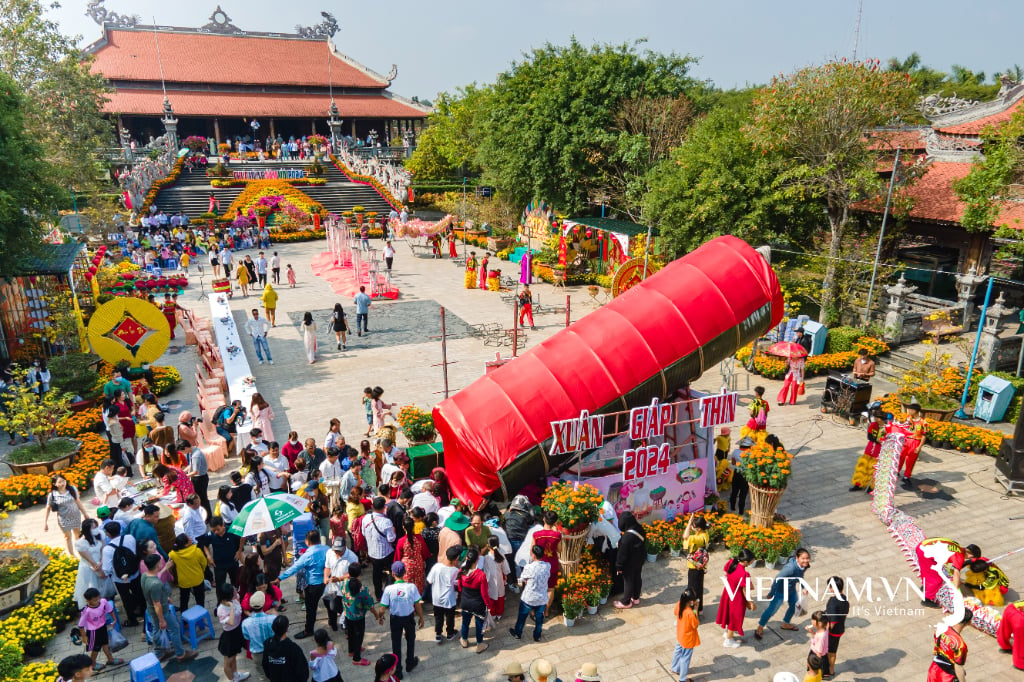
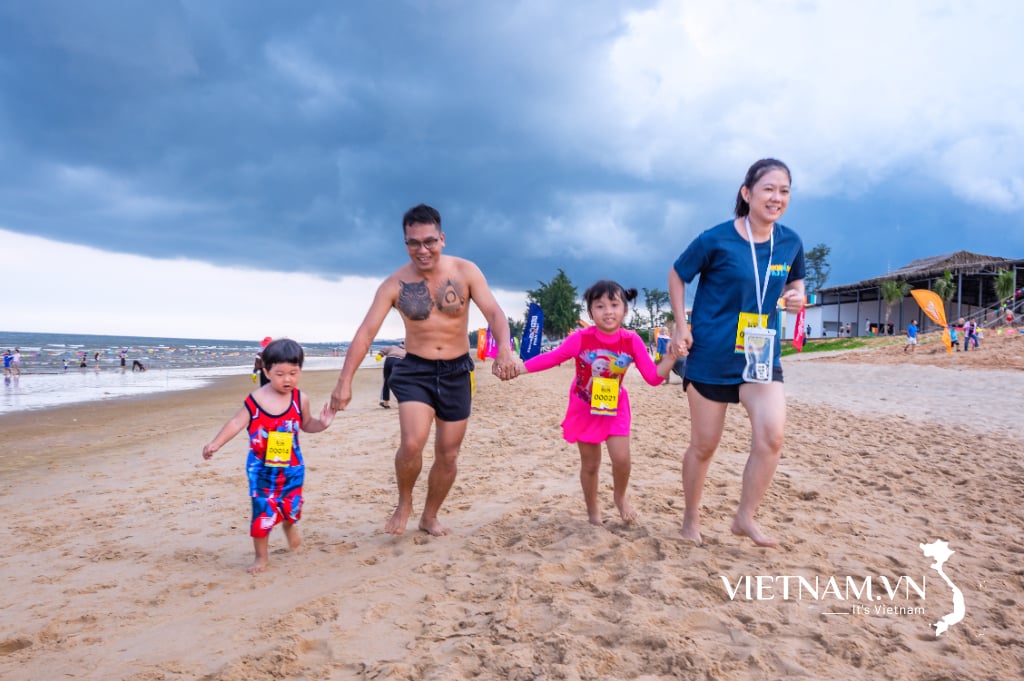
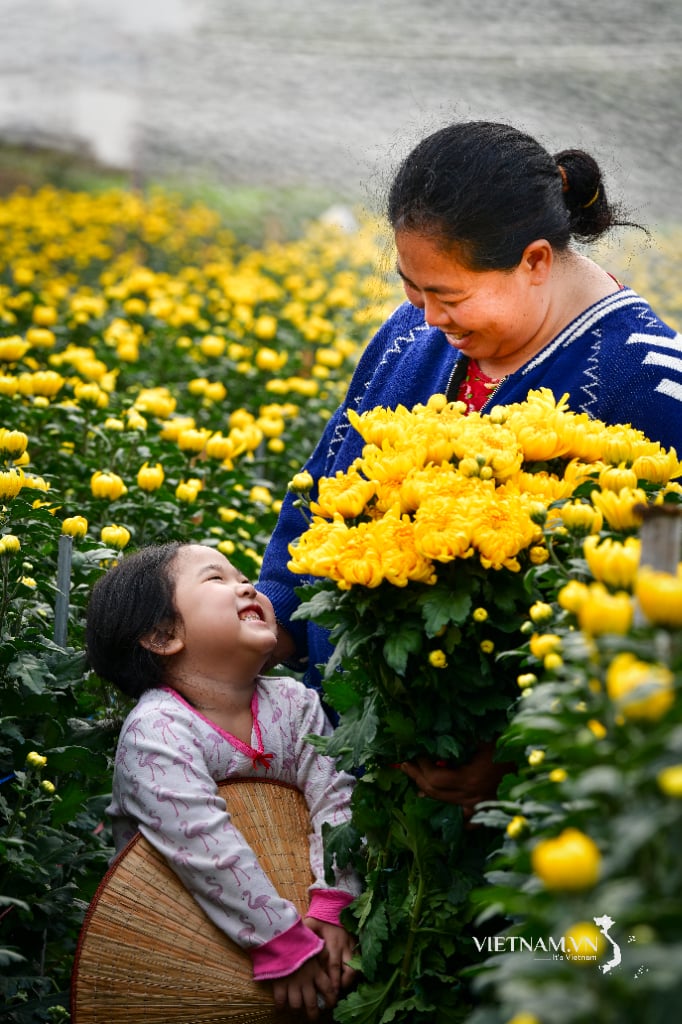
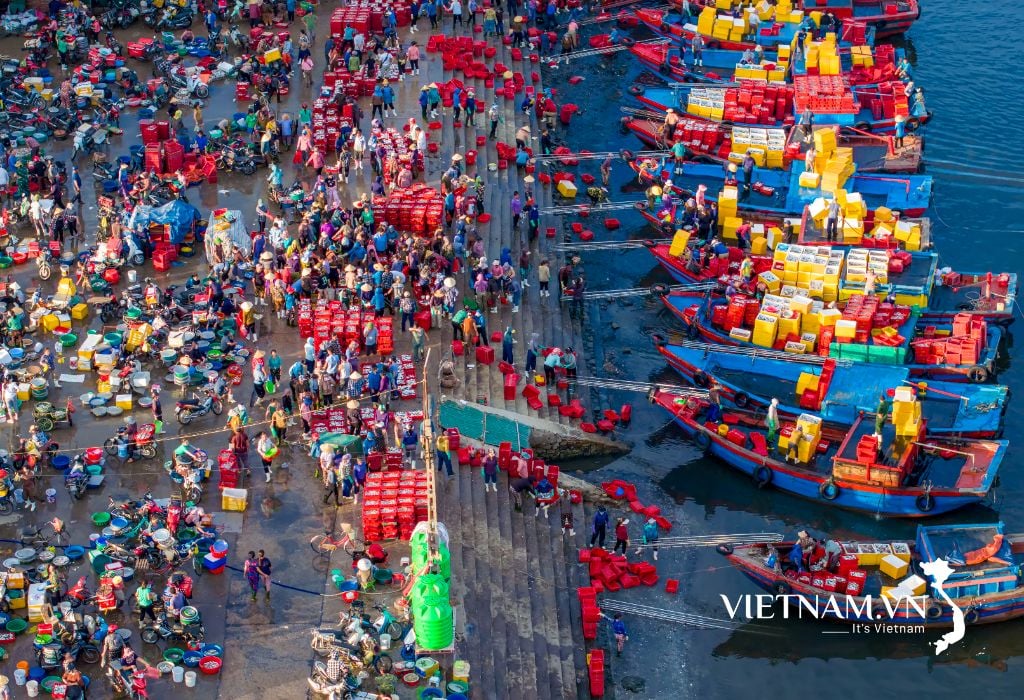
Comment (0)